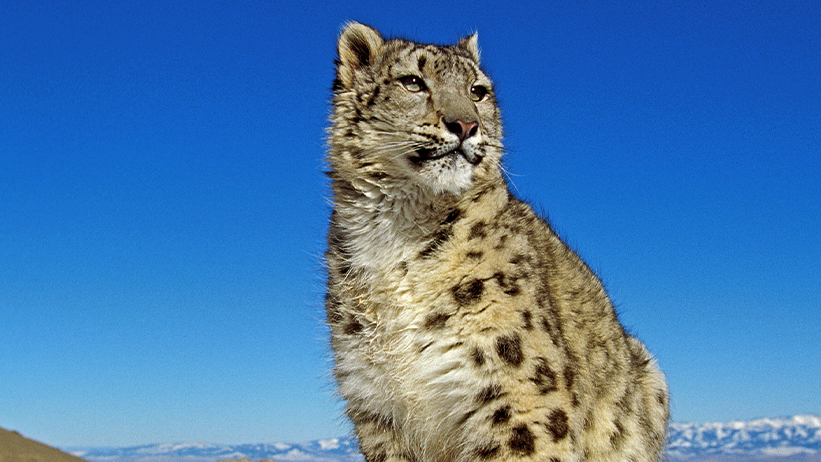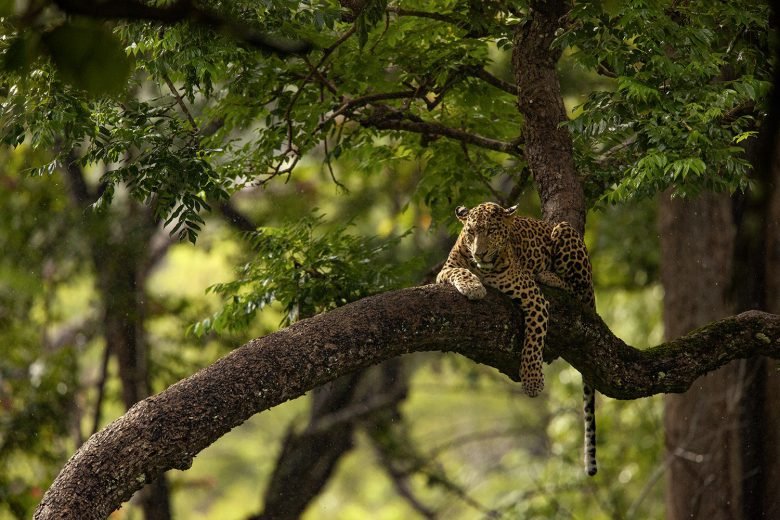Though (or perhaps because) snow leopards as a species are shrouded in mystery, they’re one of the most captivating big cats on Earth. Their unique adaptations to the harsh, high-altitude environments of the Himalayas and Central Asia have made them a symbol of resilience and survival.

A sight to behold
Physically, the snow leopard is a sight to behold. Its thick, double-layered fur provides excellent insulation against the frigid temperatures of its habitat. A pale gray or bluish-gray coat with distinctive black spots helps it camouflage in the rocky terrain. Large, padded paws and long, retractable claws enable it to climb steep slopes and cliffs with ease. Its long, bushy tail, often referred to as a “fifth leg,” serves as a balance and a warm blanket when curled around its body during sleep.

Despite its formidable appearance, the snow leopard is a solitary creature. It primarily hunts at night, relying on its keen eyesight, hearing, and sense of smell to track down prey. Its diet consists mainly of ungulates, such as wild sheep, goats, and deer. The snow leopard is a stealthy hunter, often using surprise and ambush tactics to capture its quarry.
The Sad Reality about Snow Leopards
Unfortunately, the snow leopard is classified as endangered due to a number of threats. Habitat loss, poaching, and climate change are among the primary factors contributing to its decline.

The loss of its natural habitat, particularly due to human activities such as overgrazing and development, has limited the availability of food and shelter. Poaching for its fur, bones, and other body parts remains a significant threat. Additionally, climate change is altering the snow leopard’s habitat, affecting food availability and increasing competition with other species.
A little upside
Conservation efforts are underway to protect the snow leopard and its habitat. These efforts include habitat restoration, anti-poaching measures, and community-based conservation initiatives. Raising awareness about the plight of the snow leopard and promoting sustainable practices is also crucial. By understanding and appreciating the unique adaptations and challenges faced by this enigmatic creature, we can contribute to its conservation and ensure its survival for generations to come.
As we mentioned above- the best way to preserve this beautiful species is to spread awareness. The more people that see snow leopards in the wild, the more they come to care about the animal’s fate. The love and connection that comes as a result of awareness is the only thing that can save endangered animals- such is the power of humanity. Plan the Ameliya Snow Leopards Adventure today and witness their beauty in person.


